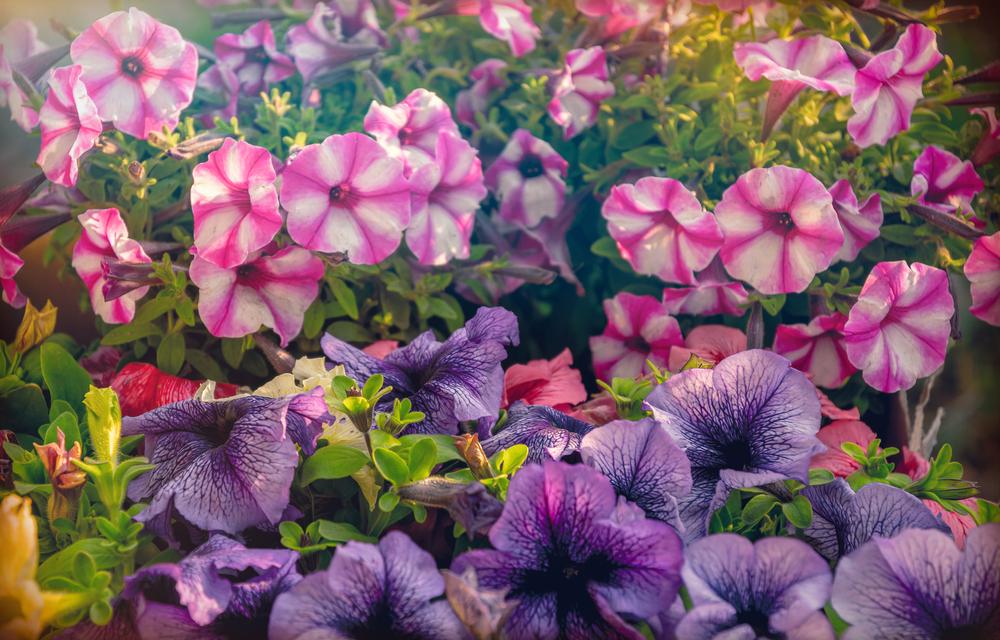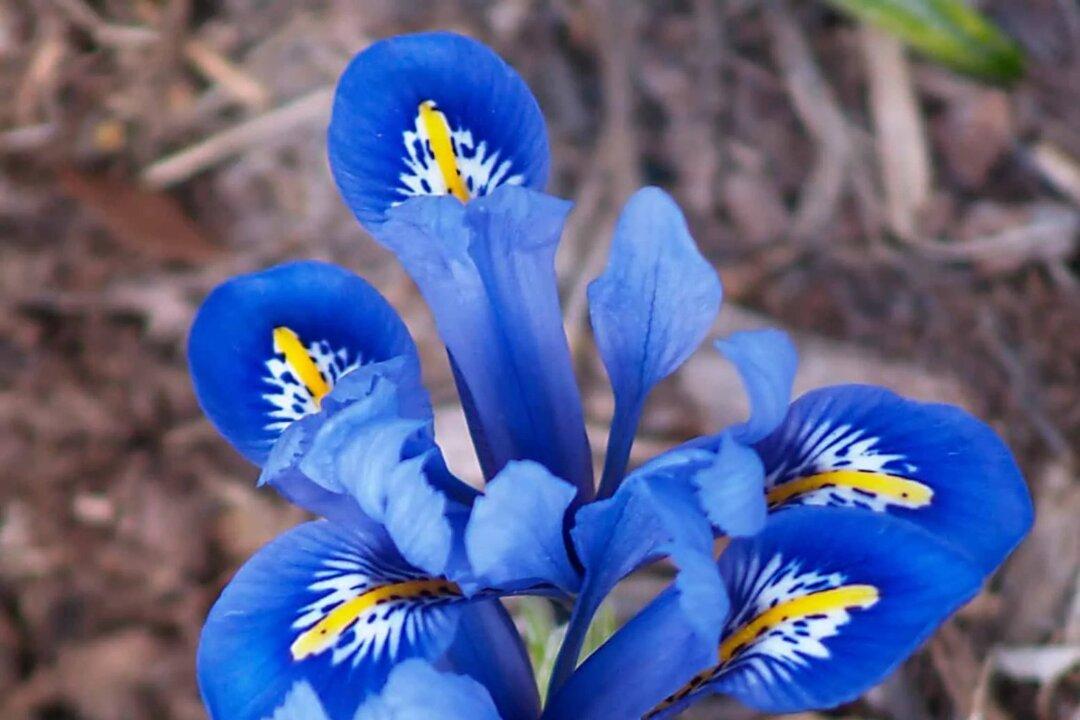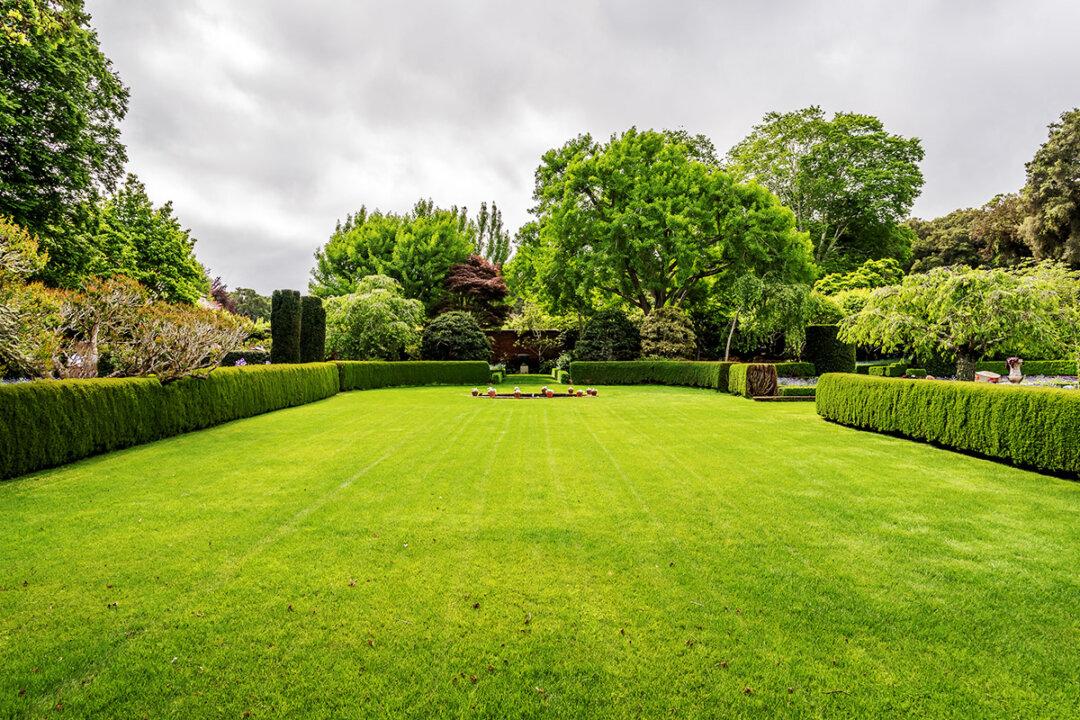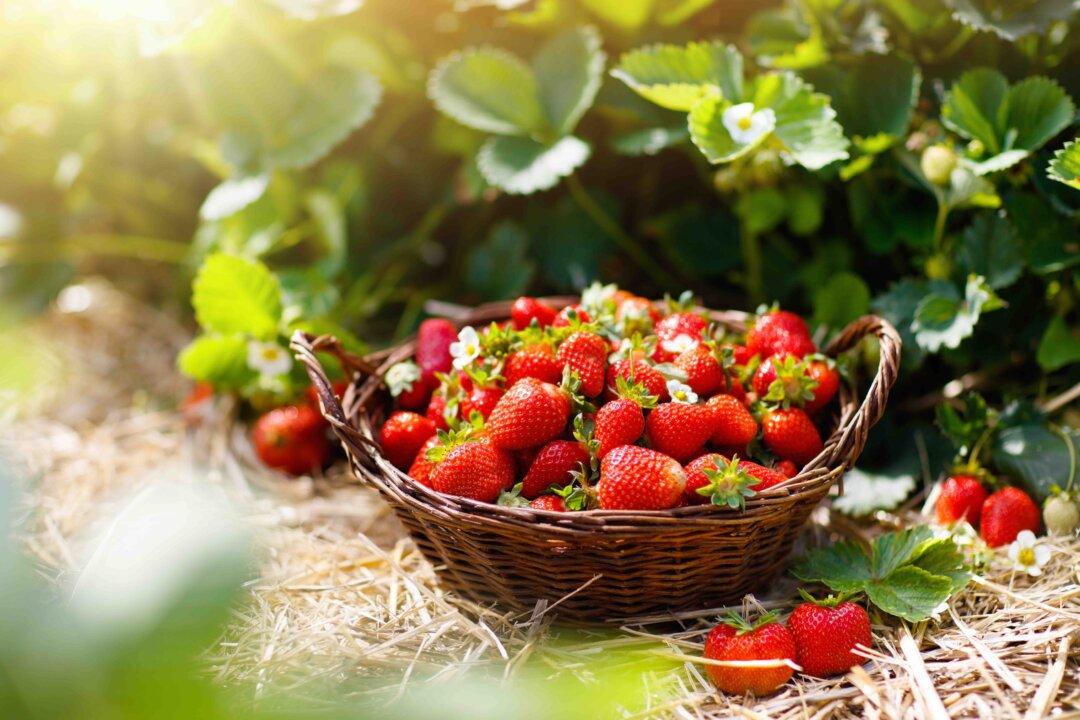While this article applies to Rhododendrons, 99% of it also applies to planting and care for Azaleas, as they are in the same genus, Rhododendron. While all azaleas are rhododendrons, not all rhododendrons are azaleas. Leaves and flower characteristics differ, but site requirements, soil, and care are for the most part identical. Naturally, as with anything in gardening, there are exceptions and always read the plant tag of the cultivar you’re purchasing to understand its requirements.
There’s good reason that Rhododendrons are one of the most popular landscaping plants in the world. Their long life, beautiful flowers, unique, mostly evergreen foliage, beautiful shape, and ease of care make them a reliable standout in any perennial garden. If you take care to plant a rhododendron properly and follow some basic rules of care, it can conceivably live in your garden for as long as you do. No matter where you live in North America, there is a variety of Rhododendron for your climate and soil.





